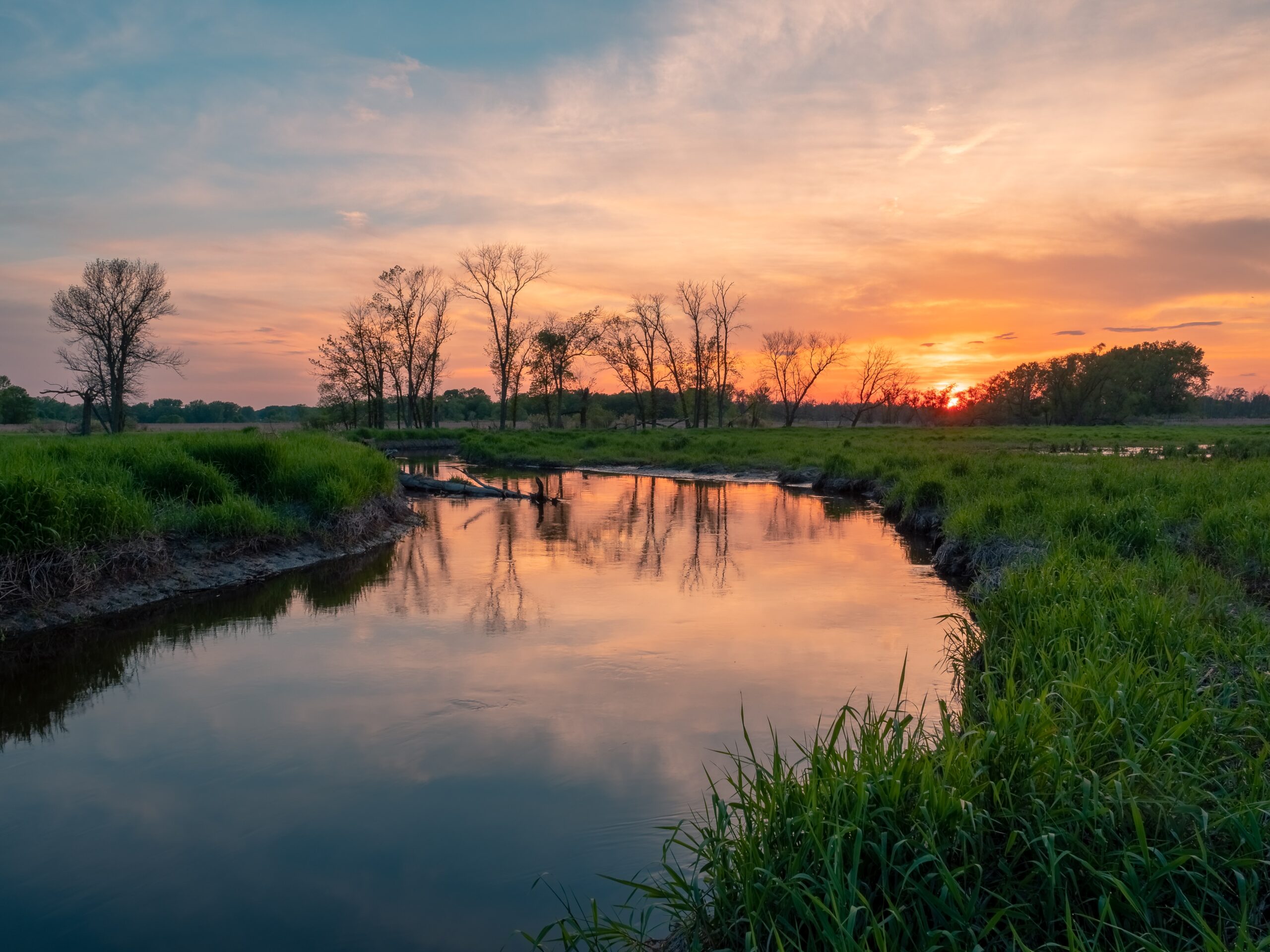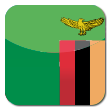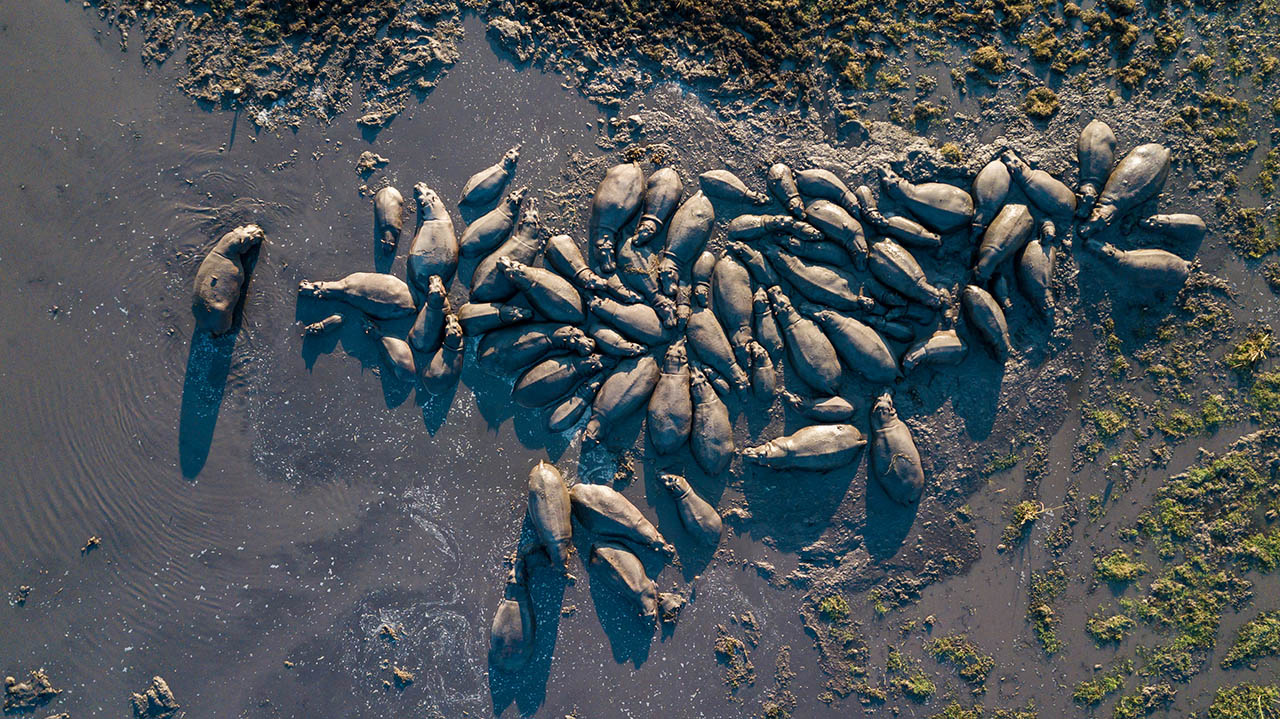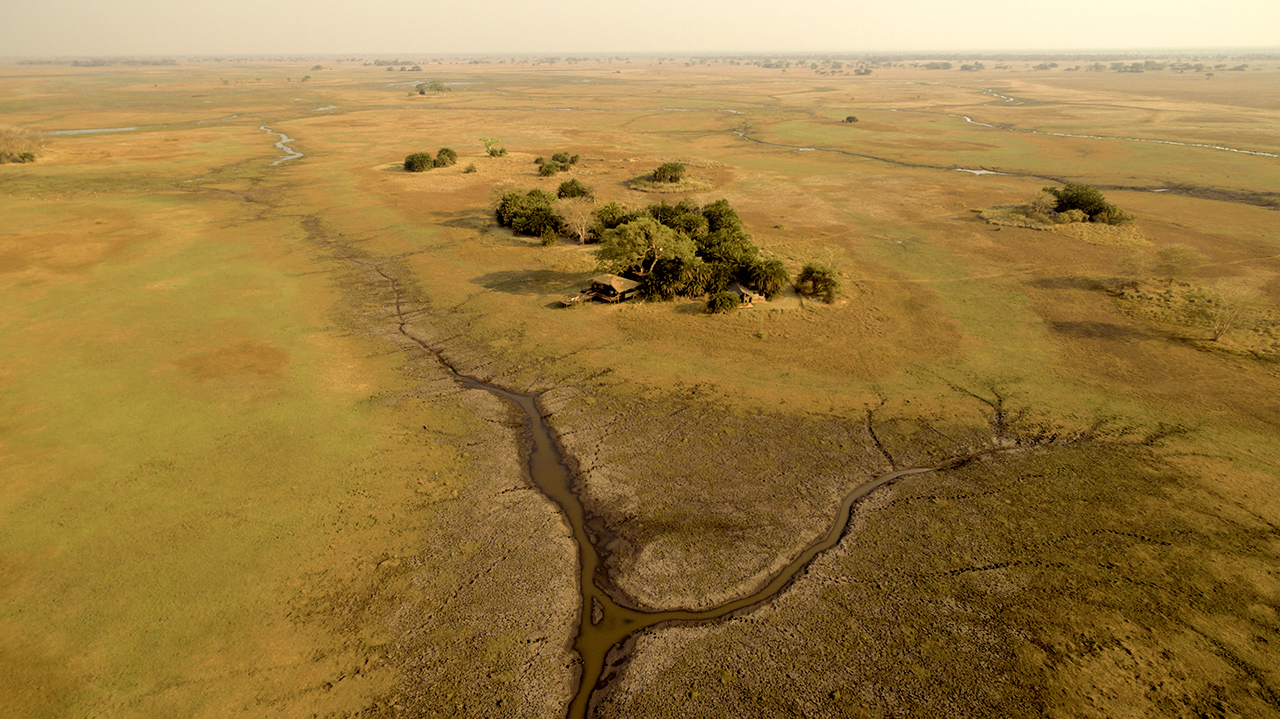Kafue National Park is a unique area. The enormous size (one of the biggest National Parks in Africa), the many different habitats and the huge variety of mammals and birds make it an area waiting to be explored. It is Zambia’s biggest and oldest National Park and is easily accessed from both Lusaka and Livingstone. But the best of all is the untouched wilderness that the park has to offer as mass tourism does not exist; leaving the park pure and unexplored. This is what a real safari should be like, excellent game viewing with a rich diversity of wildlife, stunning landscapes and unspoiled by mass tourism. Although the park has a lot to offer, relatively few people visit this Zambian treasure.
The Kafue is close to Lusaka and Livingstone; by approximately 3 to 4 hours driving many camps can be comfortably reached by good roads. With airstrips throughout the park, fly-in safaris are good options as well.
The Kafue National Park is named after the Kafue River that runs through the park for over 250 km. It enters the Park in the North East and forms Lake Itezhi-Tezhi South of the Park, a beautiful dam with big herds of wildlife roaming around on its shores. Other well known rivers in the Kafue are the Lunga and Lufupa River, which both feed into the Kafue River.
The rivers and lake dominate the landscape in the Northern and Eastern part of the Kafue National Park and the majority of the safari camps are located around them. Although the Kafue has many interesting areas, only the best known areas will be described.
Park size: 22 400 km²
Proclamation: 1950
Busanga Plains
The famous Busanga Plains are in the Northern part of the park. The area consists of an extensive floodplain that falls dry after the rainy season, attracting huge numbers of game and stunning birdlife. ‘One Fig’, a huge fig tree in the middle of the plains, is a famous landmark. The well known documentary, ‘Swamp Lions‘, often broadcasted on National Geographic, was filmed exclusively on the Busanga Plains. It is no surprise that Getaway magazine mentioned Busanga as one of the ‘top 10 secret gems of Africa’. The plains are seasonal due to the flooding in the wet season.
Nanzhila Plains
The Nanzhila Plains in the South of the Park are relatively seldom visited, but deserve exploring. The grass plains; with large quantities of game and spectacular bird viewing is well worth a visit. You won’t be disappointed…. The writer of ‘Out of Africa’, Karen Blixen’s famous last words were ‘if there was one thing I could do again, it would be to go on Safari’…… You can do such just in the Kafue National Park. A Park that lays amongst the best wilderness destinations in the world, with remoteness, incredible rivers, open plains, woodlands, silence, birds and wildlife. And best of all, within reach!
Kafue River
The Kafue River itself has spectacular riverine forests on its banks and flows throughout the year, changing from a wide, slow flowing river to stretches broken up by islands with fast flowing water. The river attracts a wide variety of animals and birds and is filled with hippos and crocodiles of all sizes. Boat cruises and fishing trips are a must for guests visiting the river. Most safari lodges and camps within the Kafue National Park are based on the Kafue River.
Itezhi-Tezhi Dam
The Kafue flows into the Itezhi-Tezhi dam, Zambia’s second biggest dam after Kariba. The lake has a surface of 370 square kilometres which offers opportunities for boating and fishing trips. The shores vary from grassy plains to rocky bays. The plains around the lake attract a large diversity of animals and birds.
Wildlife: The breeding herds of elephant have settled down and the large predators are back in numbers. Among them several prides of lion, cheetah and leopard. Also packs of the endangered wild dog regularly pay a visit. Other animals that you are likely to encounter are buffalo, zebra, hippo and various antelope species like impala, puku, sable, hartebeest, bushbuck, roan and waterbuck.
The diversity of habitat makes Kafue National Park also one of the best locations in Africa for birding. The Kafue River, wetlands, savannah and woodland boast an impressive 478 of Zambia’s 733-recorded bird species. Among them African Wattled and Crowned Crane, Fish Eagle, Woolly-Necked Stork, Saddle Billed Stork, Goliath Heron, Ground Hornbill, African Fin Foot, Pel’s Owl, Purple-Crested Lourie and Chaplin’s Barbet amongst others.





